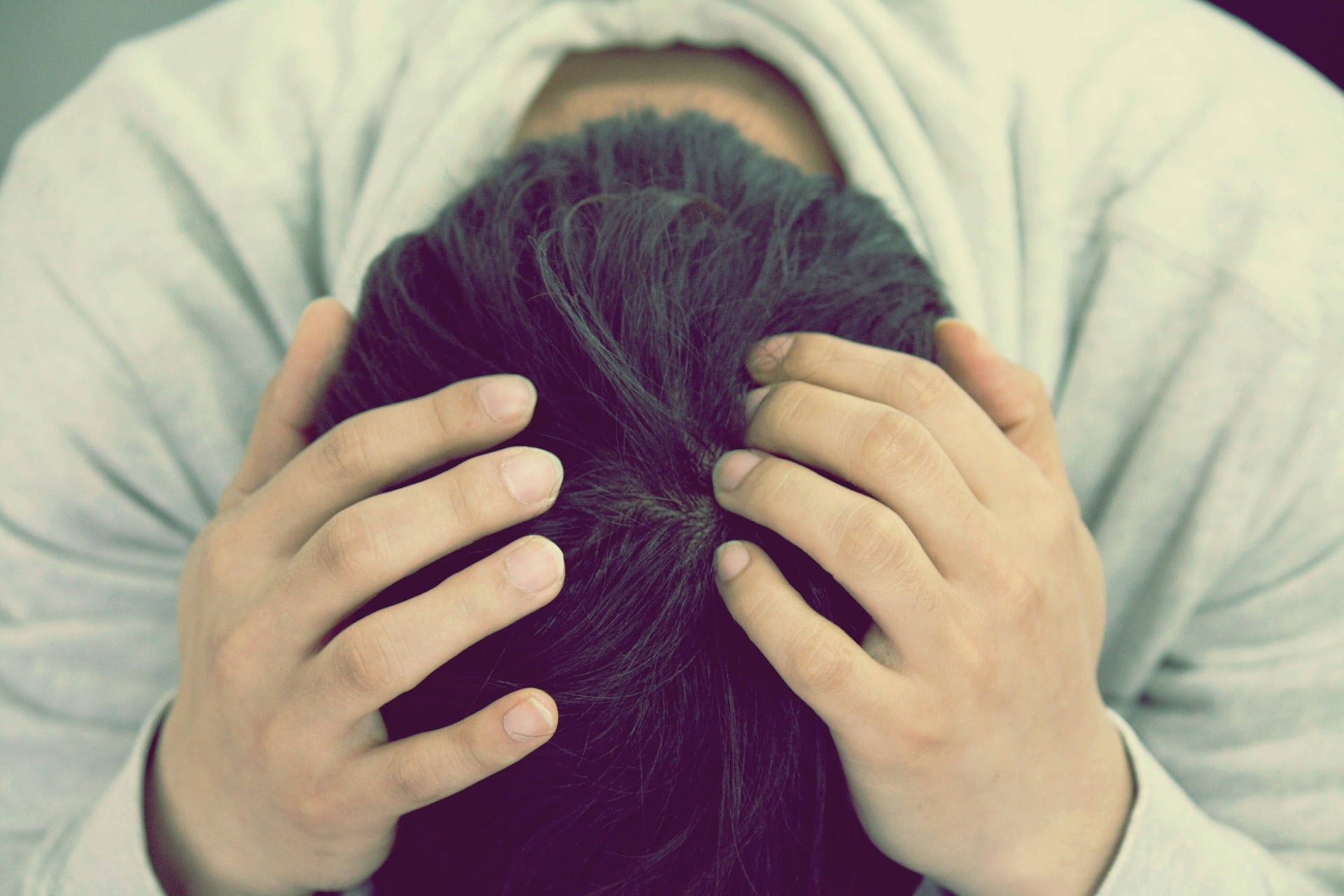
Symptoms
The core symptoms of anxiety disorders are nervousness, worry, and fear persistent enough to cause some level of functional impairment. Specific symptoms vary depending on the type of anxiety disorder.
• Generalized Anxiety Disorder (GAD)
GAD is characterized by restlessness or edginess, becoming easily fatigued, difficulty concentrating, irritability and sleep disturbance. Physical symptoms include sweating, rapid heartbeat, dry mouth, frequent urination, lightheadedness and an upset stomach.
• Panic Disorder
Panic disorder is when similar symptoms culminate in a panic attack, which usually last about ten minutes. Individuals may be engaged in a routine activity and taken completely by surprise. All of a sudden they will have difficulty breathing, feel lightheaded or dizzy, and start to sweat, tremble, and shake.
• Posttraumatic Stress Disorder (PTSD)
PTSD causes recurrent, intrusive, and distressing flashbacks or dreams of a particular traumatic event. A person with PTSD can feel vulnerable, helpless, depressed or emotionally numb. Episodes will trigger both psychological distress and physical symptoms (e.g. sweating and rapid heartbeat).
• Phobias
Phobias are the most common anxiety disorder, including agoraphobia, social phobia and specific phobia. Agoraphobia is the fear of being separated from home and family; many psychiatrists believe it is the same illness as panic disorder. Social phobia is the fear of being judged or embarrassed when with others. Other specific phobias are the fear of animals, objects, places or situations (e.g. constricted spaces or heights).

The Neurobiology of Anxiety
Studies show there is at least some genetic component to the development of anxiety disorders. Almost half of patients with panic disorder have at least one affected relative.
The three major neurotransmitters associated with anxiety are norepinephrine, serotonin and GABA. The theory regarding norepinephrine is that patients with an anxiety disorder often have a poorly regulated noradrenergic system. These are the cell bodies which are primarily localized in the locus coeruleus area of the brain that controls alertness. Serotonin and GABA are identified because medications altering their levels have been routinely successful in the treatment of anxiety disorders.

Treatment
The Center offers in-house genetic and neurocognitive testing to determine the extent of the above biological influences. If the results show the brain and body are demonstrating an anxiety disorder, Dr. Ahmad will make a diagnosis.
While specific medications and therapies are prescribed depending on the type of anxiety disorder, most treatment plans include a combination of psychopharmacology and psychotherapy. These options are all available at the Center for Integrative Wellness and will be tailored to your personal needs and preferences as a patient.

